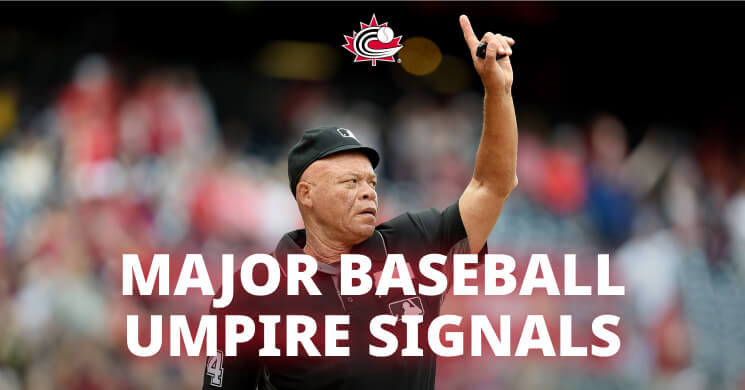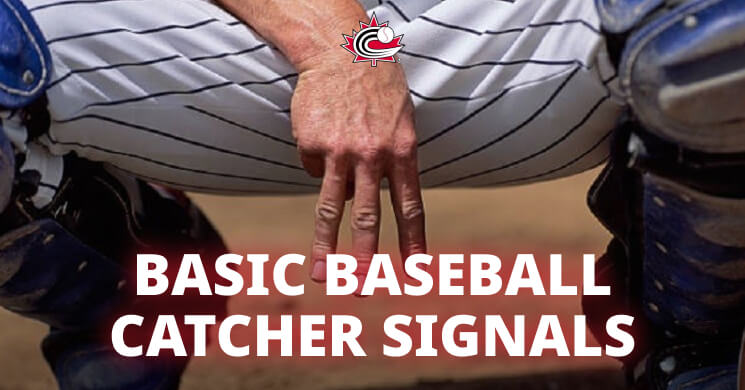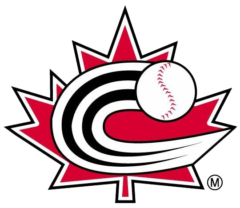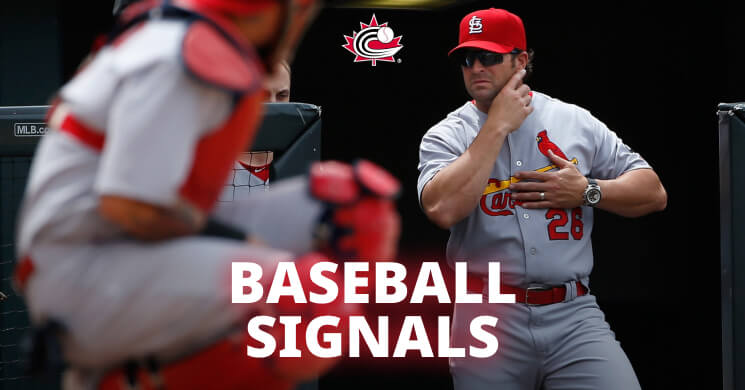A few words about baseball in Canada
Baseball is a team game where the main attributes are a bat and a ball. The game involves two teams of nine or sometimes ten people. In addition to the participants in the game, umpires are also important. They closely monitor the actions of the participants and the game as a whole. It is their work and close attention to the process that determines the fairness of the game.
If we talk about baseball in Canada, the main governing body is Baseball Canada. This body is made up of 10 provincial associations representing players, coaches and umpires across the country. Baseball is a fairly popular game that has fans not only in Canada, but also in other countries such as the United States, South Korea, Cuba and others. The season for playing baseball is usually from April to October. Many different baseball tournaments and leagues are held each year. The most major one is Major League Baseball (MLB). The reigning champions in the MLB are the Atlanta Braves. However, Canada also has something to brag about, as the only Canadian baseball team, the Toronto Blue Jays, has reached the major leagues.
The Toronto Blue Jays hold their games at the Rogers Centre, where any Canadian baseball fan can come and watch the game. Usually, Toronto’s main stadium, the Rogers Centre, is completely full of fans and is always very noisy. That is why, in the game of baseball, the players (catcher and pitcher) and umpires communicate in certain gestures. With certain baseball signs, they easily understand each other. So that you too can understand what the pitcher and umpire are saying, we will tell you about the main baseball signals umpire, and signals of communication between players.
Major baseball umpire signals

The umpire is a very important element in baseball. He is used to controlling the actions of the players on the field. He is responsible for determining balls and strikes. In large baseball tournaments, such as MLB, there may be anywhere from 4 to 6 umpires. And the first, most important one is on the field of play, and the others are on their respective bases. They make sure that the batter and the rest of the team are doing the right thing.
The head referee, who is on the field next to the catcher, also has the necessary equipment to avoid injury. During the game, the referee may give certain baseball hand signals. These signals are familiar to players and we also suggest that you familiarize yourself with them, so you have an idea of what is happening on the field.
Out
At an out, the umpire first points with one hand to the player who got it, and then with the other hand makes a sharp baseball hand signs, which is a bent at the elbow right arm with a clenched fist. As he does so, the umpire makes a short forward motion with his hand and yells, Out! In other words, Out means the offensive player in that inning is out.
Time
Time is the umpire’s command to immediately stop all activity on the field. At the same time, the umpire shouts Time in a loud voice. The reason for halftime may be a violation of the rules of the game, an injury to a participant or when the ball is dead. The gesture is two outstretched hands with open palms. Play resumes, after the referee’s command Play.
Foul-Tip
The umpire’s foul-tip command means that the ball has barely touched the bat, but the catcher continues to catch it. The gesture looks like this: the umpire extends his arms out in front of him and makes a characteristic light touch of one hand over the other.
Strike
A situation in which the batter has not struck the ball after being served. In this case, the right hand is always the signal. This can be done either with a clenched fist or by showing a strike to the side with an open hand. In this case, the umpire throws his right hand to his side and yells loudly, Strike!
Don’t serve
This signal from the umpire with his open palm arm outstretched forward means that the pitcher has to wait, before the next pitch.
Safe
The umpire puts his hands out to his sides. This means that all players on the offensive team are on the playing field.
Play ball
This signal is for the pitcher. It means you can pitch the ball.At the same time, the umpire makes a hand gesture as if calling out to himself. That is, the arm outstretched downward is bent at the elbow.
Fair Ball
This is a situation where the kicker hits a ball which lands on the field of play. In doing so, the umpire makes a gesture of one arm outstretched to the side. This signal can be made with either hand.
These are the most basic signals you need to know about in order to understand what is happening during the game. However, in addition to the gestures made by the umpires, there is also communication between the players, namely the catcher and the pitcher. Let’s talk more about that.
About baseball catcher signs
Communication between the catcher and the pitcher plays a major role in the success of a baseball team. The pitcher must show certain clear signals to the pitcher so that no one on the other team can see them. The pitcher uses these signals to tell the pitcher what pitch to make and where to throw it. Why does the pitcher give the signals? Because only this teammate can see the entire field and assess the situation. So, let’s analyze in detail what signals the catcher can give and what they mean.
Basic baseball catcher signals

As we mentioned above, the catcher is the only participant in the game who can sit down to assess the situation on the field based on such important points as: the location of all players on base, including the player with the bat, the game score, the inning number, the next batter.
Next, the catcher lowers his pitching hand between his thighs and displays a certain number of fingers so that only the pitcher can see it. This quick action helps the pitcher decide on his next action.
The basic signals given by the pitcher can be divided into two types:
- By type of pitch;
- By location.
What do they include?
Signals by type of pitch
It is very important for the catcher and pitcher to make the pitch that will score the most points for the team. In addition, the pitcher needs to know exactly what the pitch will be to avoid the risk of a fly ball. So, here are the basic pitcher signals:
- One finger – Fastball;
- Two fingers – Curveball;
- Three fingers – Slider;
- Four fingers – Changeup.
Depending on which pitch the pitcher is pitching, the catcher’s finger combination may vary.
Location Signals
An important piece of information the pitcher relays to the pitcher is the location of the pitch. There are two types of pitch locations:
- Outside pitching (farther away from the batter);
- Inside pitch (closer to the batter).
The most effective and secret way to signal the pitcher’s pitching location is to assign even or odd numbers to the pitcher. For example, an odd number of fingers (1, 3) is for outside pitching and an even number (2, 4) is for inside pitching. Thus, the pitcher gives the pitcher one signal about the type of pitch and a second signal about the location of the pitch. For example, to signal information such as a fastball to the batter, the catcher must first show 1 finger and then 3 fingers.
In addition, the catcher can signal the pitch as well. To do this, he either uses the glove or makes a hand gesture. For example, in the case of the glove, the catcher can quickly show exactly where he expects the ball to be thrown. Another way is to signal with his hand. For example, a finger up for the top pitch and a straightened hand down for the bottom pitch.
Additional information about catcher signals
Sometimes it happens that the catcher can’t make basic signals because of bad weather or lack of lighting when playing at night. In this case, the catcher must improvise by making up signals as he goes along, but so that they are understandable to the pitcher. In doing so, the catcher may use his equipment or use his torso or head as a substitute. Also, there are times when the pitcher may have stained fingernails or a white stripe on the phalanges of the throwing hand. This is also done so that the pitcher can see the finger combination in inclement weather or with vision problems.
Also, it is worth noting that while the runner is reaching second base, the signals between the catcher and pitcher can be more complex to confuse the runner. By doing so, these signals will only be understandable to them, as the runner will be able to see the catcher’s hand.
Final Verdict
We hope that our article will help you understand what the umpire and catcher signals mean. We have tried to give you as much detailed information on this subject as possible.
Despite the fact that there is only one Canadian team in baseball, the Toronto Blue Jays, they will show you a decent game! Now that you know the basics of baseball and the meanings of gestures, you can easily assess the situation on the field and enjoy Canadian baseball from the stands at the Rogers Centre, or watch the game on TV. Of course, at first it will be difficult to memorize all the meanings of the signals. However, the more you immerse yourself in the baseball atmosphere, the faster you will become an expert.

